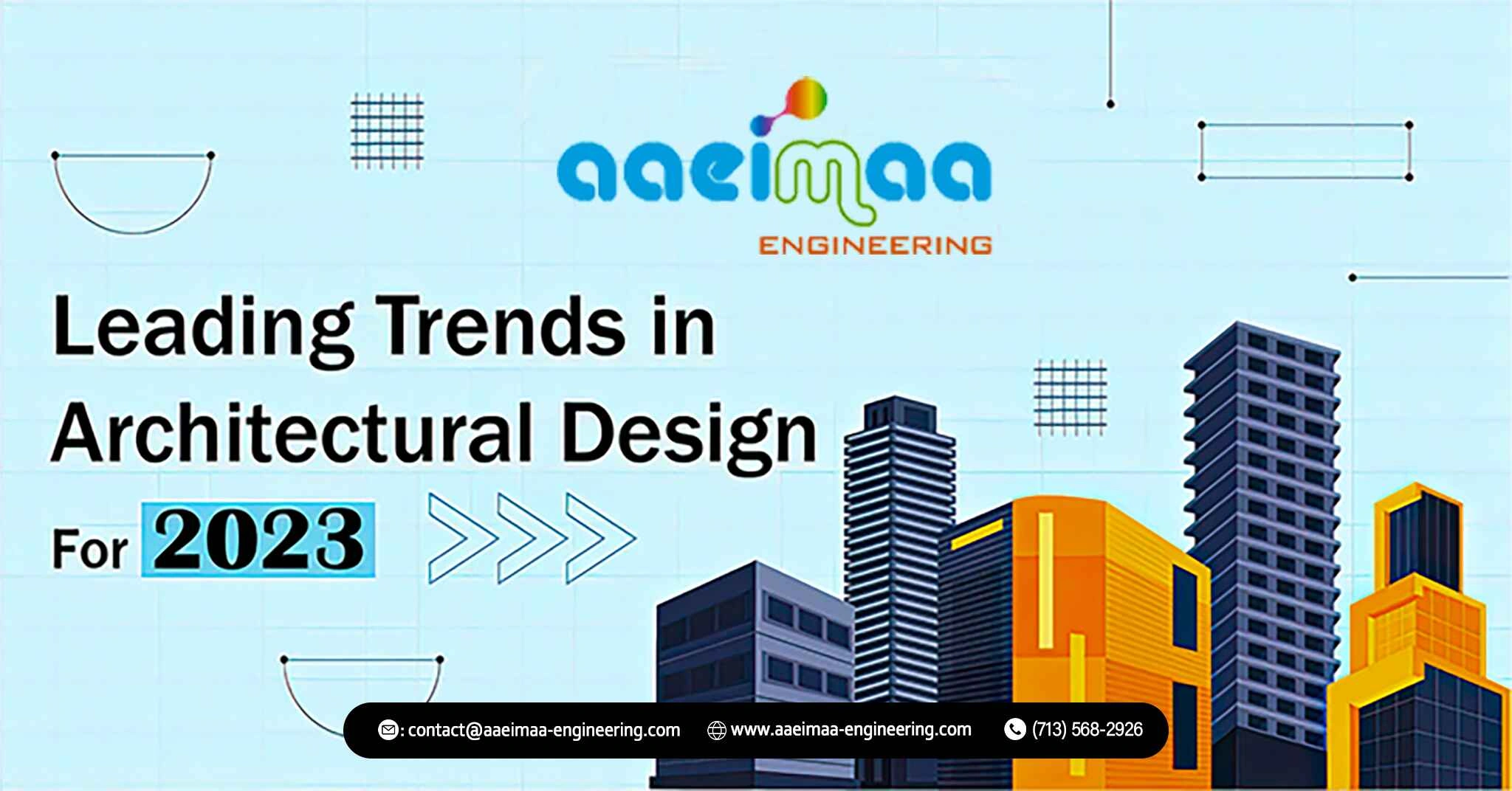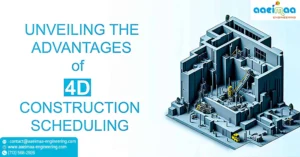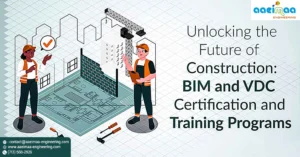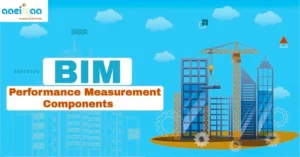The architectural trends for 2023 reflect the significant movement towards deliberate living that has occurred in the last ten years.
Architectural design is truly one of the most innovative and important industries in the world, with architects competing not only with one another but also with their own past selves, ideas, and creations.
The architectural world is constantly evolving and adapting to people’s needs and desires.
The trends we’ve identified are pushing the boundaries of what’s possible and creating innovative and dynamic environments to live and work. Whether using new materials, inclusion of wellness, or the emphasis on sustainability and accessibility.
3D-printed Architectural Design
3D-printed architecture has gradually become a reliable form of residence in recent years, and we believe it will truly have its moment in 2023. And it’s not surprising, given the numerous benefits! It is a simple, efficient, economical, and ingenious technique that reduces the risk of errors while also saving a significant amount of time. 3D printing eliminates and simplifies many tedious steps in the construction process. Azure, a Los Angeles-based startup, is 3D printing prefab tiny houses out of recycled plastic!
Tiny(ier) Home
Tiny homes began as a cute trend about two years ago, and since then, they’ve been adopted by people all over the world and are truly used as an excellent option for living. We believe tiny homes will be popular in 2023 as well, but this year we will see homes with a form that is even more compact, without sacrificing functionality, and with an extremely low price tag.
Biophilic Architecture (Architecture Inspired by Nature)
Biophilic architecture has been buzzing around us since 2022, but we believe it will be a well-established and widely accepted trend by 2023. Biophilic design seeks to create homes that aid in the development of a deeper and more meaningful relationship with nature. It is an architectural approach that seeks to connect our human proclivity to interact with nature with the structures in which we live. A lot of natural light and green plants are important features of homes with biophilic design.
Charred Timber Clad Homes
We saw an increase in charred timber-clad homes in 2022, and we believe it will continue to rise in 2023. It’s a fantastic sustainable design practice that originated in Japan during the Edo period (1603-1867) and is also known as ‘shou sugi ban’. As a material, charred timber cladding is extremely durable and resilient; it can withstand flames, repel insects, and become waterproof through carbonization.
Sustainable Materials
As people become more aware of their environmental impact and place a higher value on sustainability, there is a growing trend towards using natural materials in home design and incorporating sustainable practices into our daily lives.
Organic materials are increasingly replacing synthetic materials such as acrylic, PVC, and composites. Wool, cotton, bamboo, linoleum, and cork are being used in a variety of design elements such as flooring, furniture, textiles, and building materials. People are becoming more interested in investing in high-quality, long-lasting home products.
Eco-friendliness is also becoming a more important consideration for homeowners when looking for a new home. There is a growing trend towards purchasing zero-waste, artisan-made, or up-cycled home goods. Sustainability appears to be a top priority for many homebuyers in 2023.
Prefabricated Architecture
Prefabricated structures have numerous advantages, ranging from cost savings to allowing architects to focus more on modularity and simplicity. Prefabrication techniques also ensure that projects are more sustainable and adaptable. It also helps to address labor shortage issues in countries that are experiencing them. The Coodoo is an excellent example of a prefabricated home. It has a curved and minimal steel frame with rounded edges, as well as breathtaking floor-to-ceiling glass walls. The stunning glass walls allow an abundance of natural light to enter the home. The Coodoo can be installed almost anywhere – on city rooftops, beaches, mountains, or alongside a river – it’s a portable prefab home on wheels!
Floating Buildings
Climate change is approaching us faster than ever and striking us and when you add rising sea levels to the mix, you have a truly global crisis on your hands. We may need to switch to water at some point, but hopefully not soon. With land becoming increasingly scarce, the number of floating architectural structures is increasing. I mean, even saunas float these days!
As we reconnect with friends and family, the role of our homes as social hubs may become more important than ever. Our homes will once again be the center of our social lives, rather than just a functional space for work and shelter. This shift will be reflected in the way we design and decorate them.




